“The Virgin Mary as Model of the Church: From Vatican II to Thomas Aquinas”
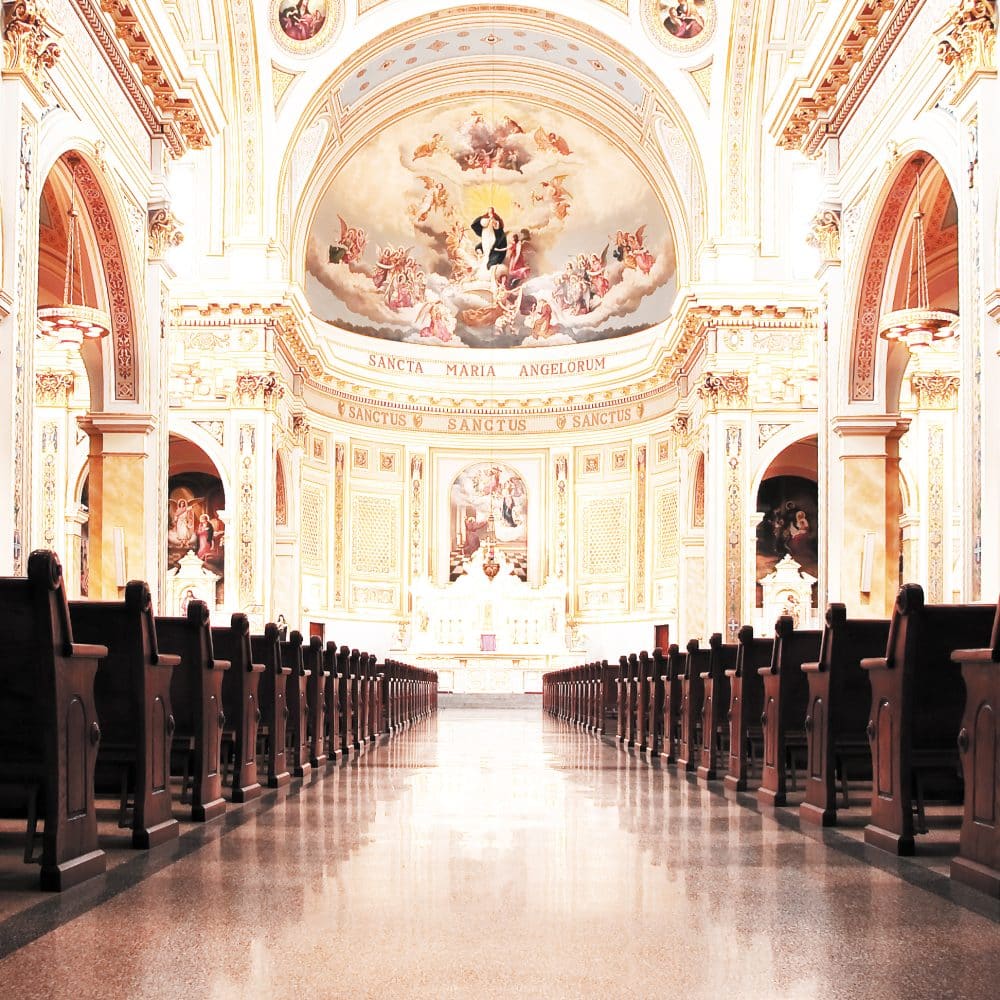
Co-sponsored by the History of Christianity Club The Second Vatican Council insisted that the Virgin Mary is to be understood in light of the Church, and the Church is to be understood in light of the Virgin Mary. Why should the Church seek to recover today a greater emphasis on Marian devotion? How is the Virgin Mary a model of the faith and spiritual life of Christians? Thomas Aquinas provides the basis for a contemporary interpretation of the Council’s Marian teachings.
“Modern Christian Writers” Non-Credit Course

Informal Dinner: 6:00PM Lecture: 6:30PM Intended for University students, faculty, and recent graduates. Others interested in attending, contact info@lumenchristi.org. Addressing his fellow Christians, the author of the Letter to the Hebrews said, “Here we have no abiding city.” Christian writers characteristically view the societies in which they live both from the inside and as strangers or sojourners. This series will treat of a variety of modern authors whose faith made them aliens in their own homelands while giving them insight and sympathy into the dilemmas of their own time. No prior acquaintance with the writers on the part of attendees is…
Master Class on The Cloud of Unknowing
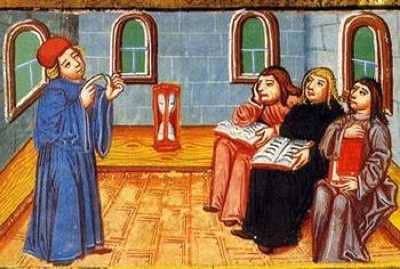
Co-sponsored by the Medieval Studies Workshop This master class is intended for graduate and advanced undergraduate students. If you have any questions, please contact Mark Franzen at mfranzen@lumenchristi.org. The Cloud of Unknowing is a work of spiritual counsel, a guide to a kind of contemplation, by a fourteenth-century English author, now unnamed but with several other works to his credit. It is a recognized masterpiece: serious, brilliant intellectually, and in literary terms cunning and audacious. It is easy to understand but hard to explain: making sense of its doctrine is not difficult, but making sense of what is means by that doctrine,…
The Interior Castle of St. Teresa of Avila: A Map for our Spiritual Journey
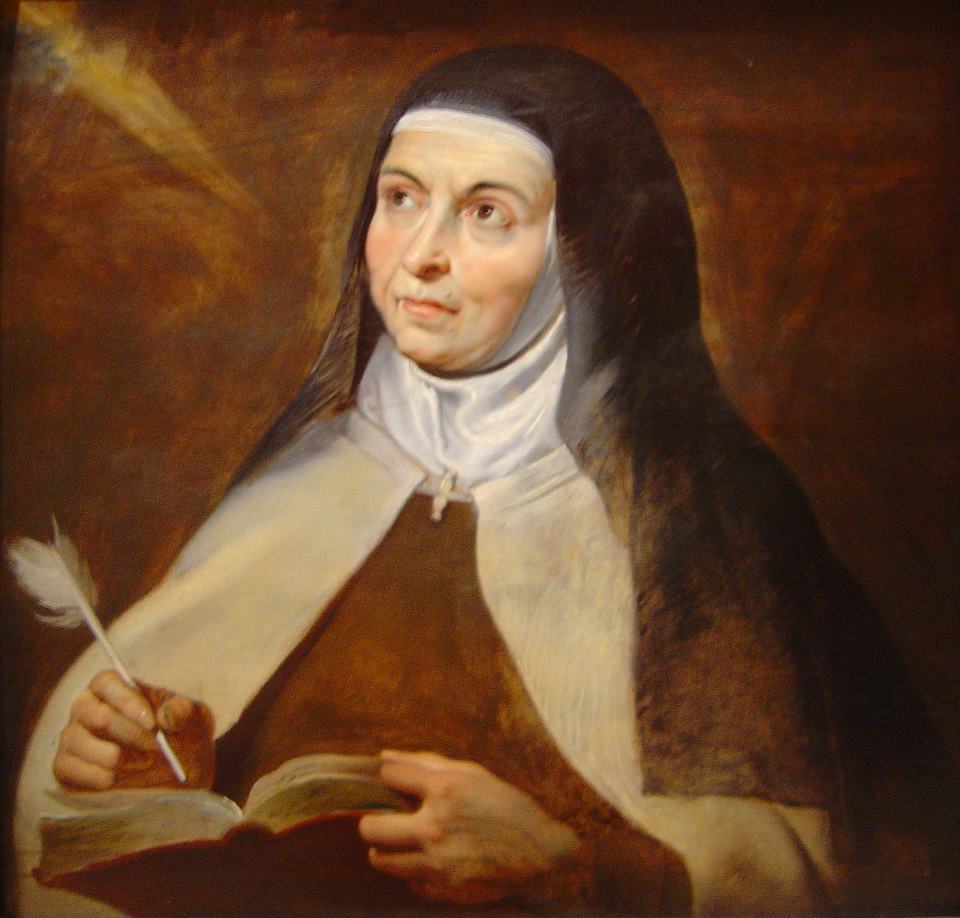
Long before developmental psychologists charted the seasons and passages of our human journey, St. Teresa of Avila mapped the transformation of her personality under the impact of God’s love in 16th century Spain. At age 62, this Carmelite nun wrote The Interior Castle, a classic summary of her prayer experience. She images the soul’s journey through a crystal castle to its center, culminating in intimate union with God. This lecture is cosponsored by the History of Christianity Club and made possible by a grant from the Carmelite Friars at St. Thomas the Apostle.
Bernard of Clairvaux, the Last of the Fathers and the End of the Middle Ages

Cosponsored by The Medieval Studies Workshop and The Theology Workshop The 12th century monastic reformer Bernard of Clairvaux recruited hundreds of young men to the cloister or claustrum (enclosure) of Cistercian monastic life. The rhythm of life in the monastic enclosure not only rules the structured existence of the monks but also alters their experience of time from linear to circular while maintaining the goal of the world to come. Bernard’s eloquent insistence on this way of life represents the end of an era and, to an extent, the end of the Middle Ages.
Exile and the canzone in Dante’s Earthly Paradise
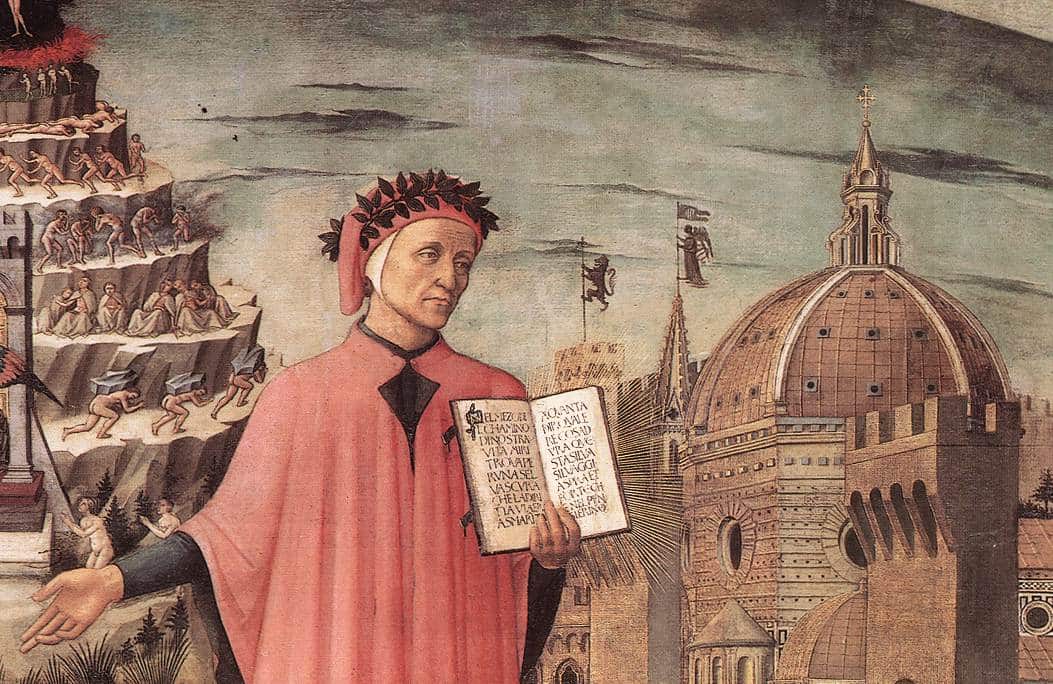
Cosponsored by the Department of Romance Languages & Literatures and the Medieval Studies Workshop Often considered the greatest work of Italian literature, Dante’s Divine Comedy depicts the exiled soul’s journey to God. At the end of thePurgatorio, Dante reaches the Garden of Eden. But, despite the setting of earthly paradise and the reappearance of the poet’s youthful love Beatrice, the protagonist finds remorse in Eden rather than triumph. The Earthly Paradise cantos can be understood as a reclaiming of Dante’s former identity of spiritually exiled lyric poet, wherein both poet and poem exist in a relationship of exile to the world that receives them.
The Divine is Everywhere
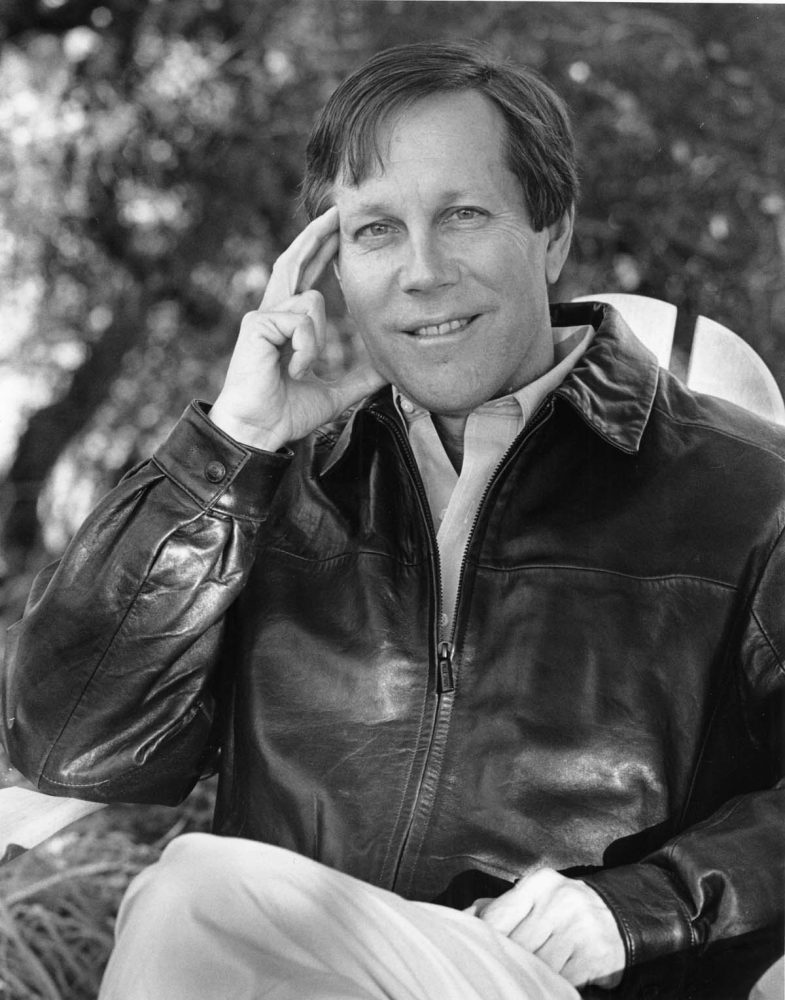
Read the Chicago Maroon article about Dana Gioia’s visit to the University of Chicago HERE. Dana Gioia—award-winning poet (American Book Award, 2002; Notre Dame’s Laetare Medal Recipient, 2010) and former Chairman of the National Endowment for the Arts—takes the faith seriously. During his career as a businessman and later when living in Washington D.C., he drew strength from rereading Augustine’s City of God, helping him resist the lust for wealth, power, and status that tempts many who find themselves in corporate America and the nation’s capital. Gioia eschews an understanding of the faith that is glib and glossy, that doesn’t explore the…
John of the Cross: A Mystic’s Poetry
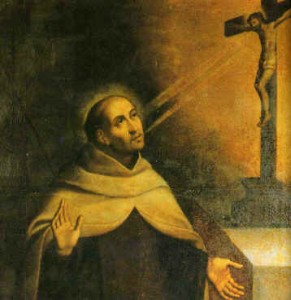
John of the Cross (1542-1591), saint and doctor of the church, is known for his mystical doctrine and his theme of the “dark night.” This lecture explores John’s stunningly beautiful poetry and makes a claim for the primacy of this poetry which was shaped by the erotic poetry of the Song of Songs and which John requested be sung for him as he lay dying. This lecture is made possible in part by a grant from the Carmelite Friars at St. Thomas the Apostle Parish.
Jewish & Catholic Approaches to Property & Social Justice
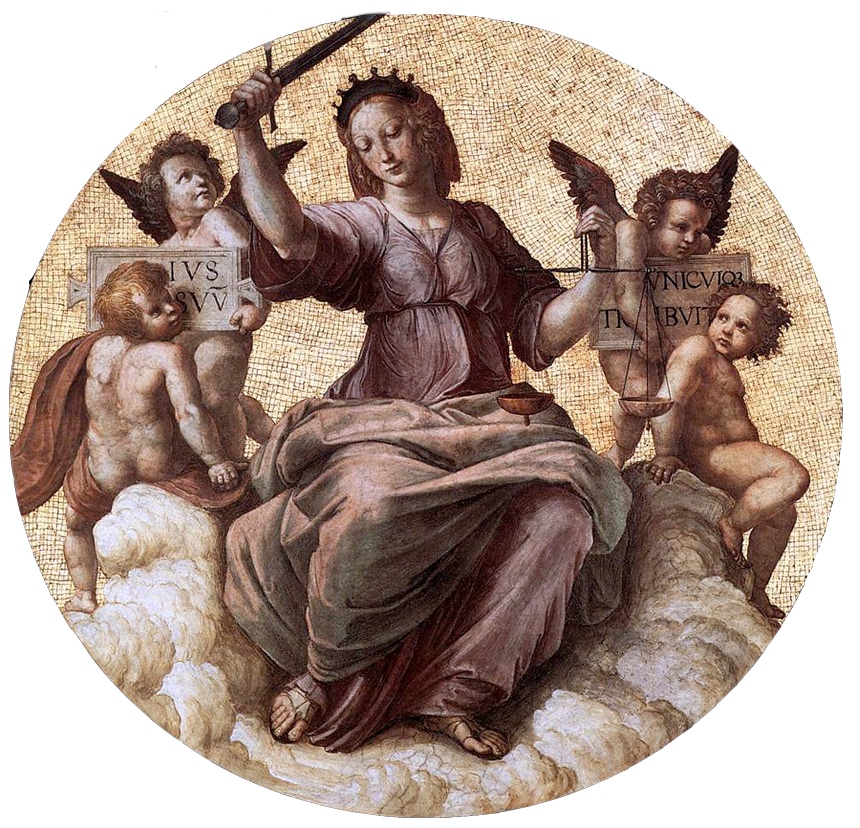
Eduardo Peñalver (University of Chicago Law School) Joseph William Singer (Harvard Law School) REGISTRATION IS CLOSED FOR THIS EVENT 1.5 hours Ethics/Professionalism CLE credit CA, IL and NY. SCHEDULE: 5:00 PM: Registration and Refreshments 5:15 PM: Welcoming Remarks by Craig Martin (Partner, Jenner & Block) 5:20 PM: Introduction by the Hon. Thomas More Donnelly (Associate Judge, Circuit Court of Cook County) 5:25 PM: Presentation by Eduardo Peñalver (University of Chicago Law School) 5:45 PM: Presentation by Joseph William Singer (Harvard Law School) 6:05: Panel Discussion 6:25 PM: Q&A 6:55 PM: Wine and Cheese Reception Both Jewish and Catholic traditions teach that each human being is obliged to attend to the…
Who Was Saint Patrick?
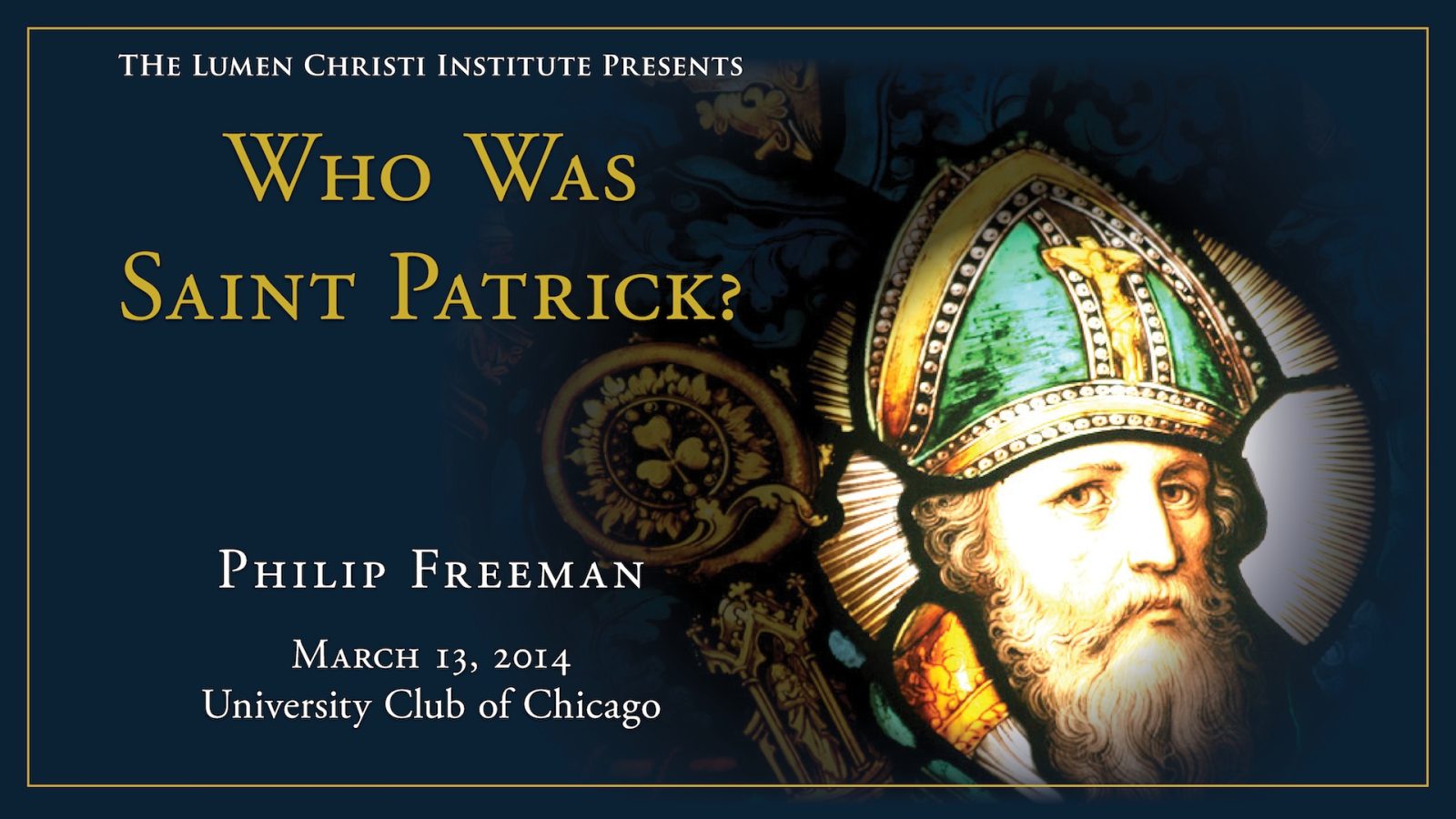
a luncheon address by Philip Freeman (Luther College) with an introduction by The Hon. Edward M. Burke (Alderman, 14th Ward; Chairman, Finance Committee, Chicago City Council) Sponsored by the Boshell Family Foundation Everyone knows about St. Patrick, the man who drove the snakes out of Ireland, defeated fierce druids in contests of magic, and used the shamrock to explain the Christian Trinity to the pagan Irish. It’s a great story, but none of it is true. Not only were there never any snakes in Ireland, but Patrick wasn’t even Irish. The real story of this saint—pirates, murder, slavery, escape, and…